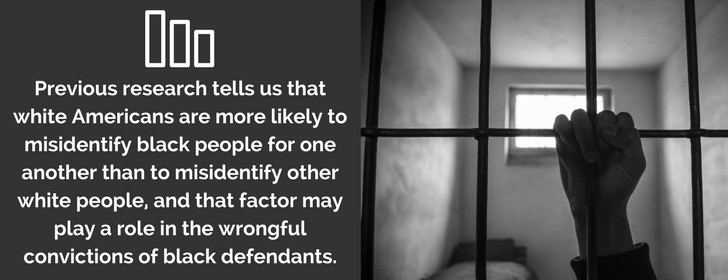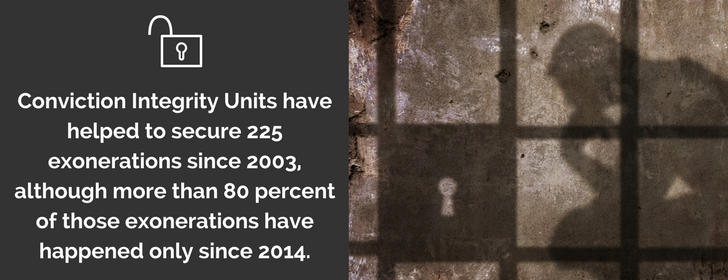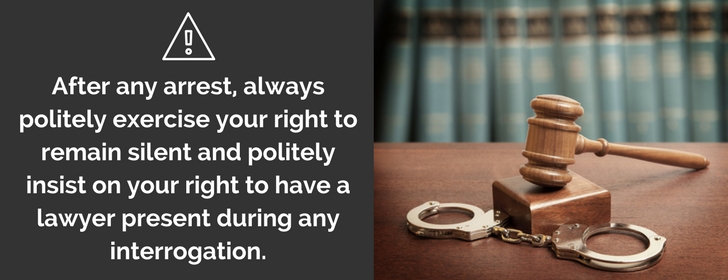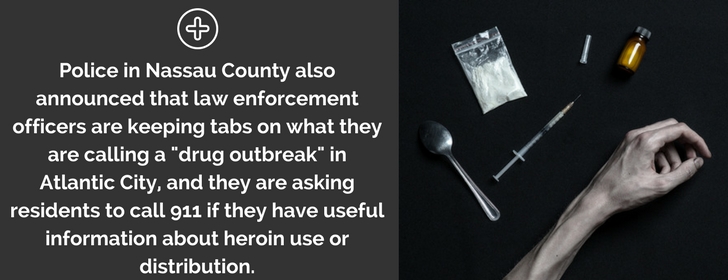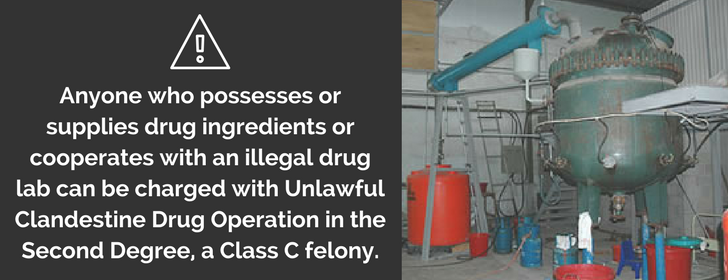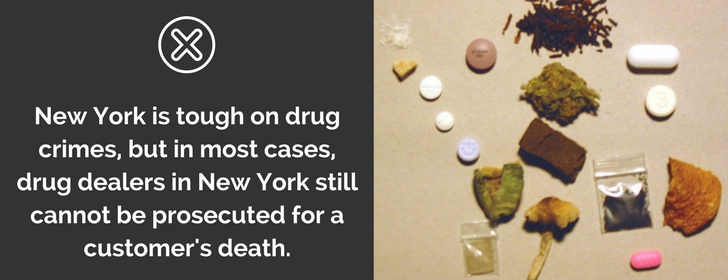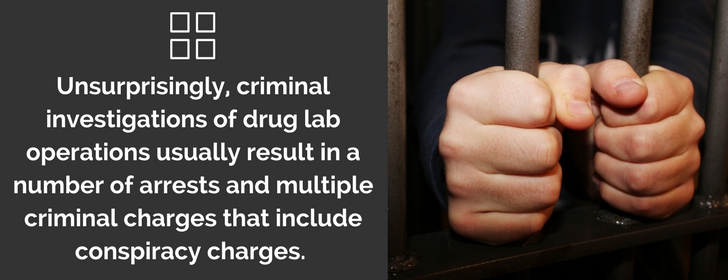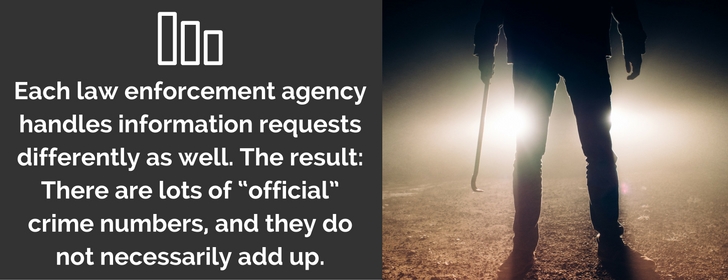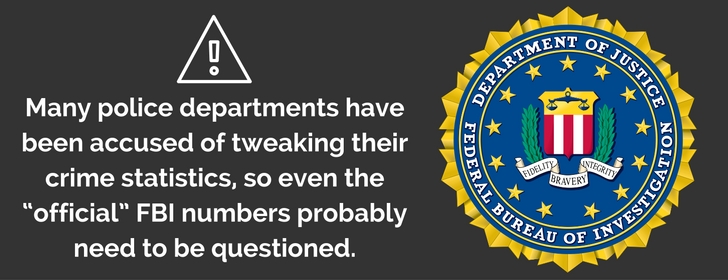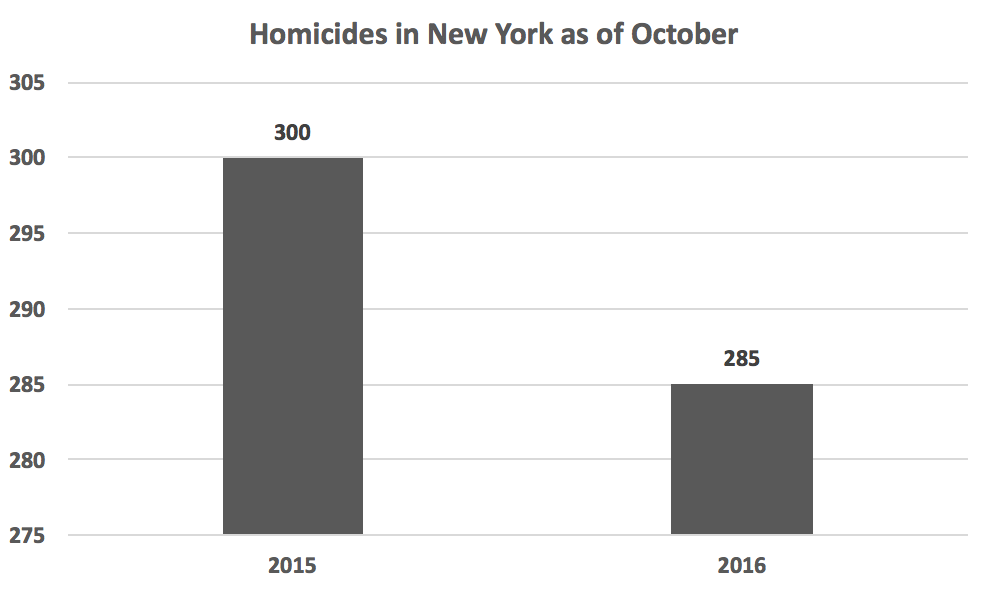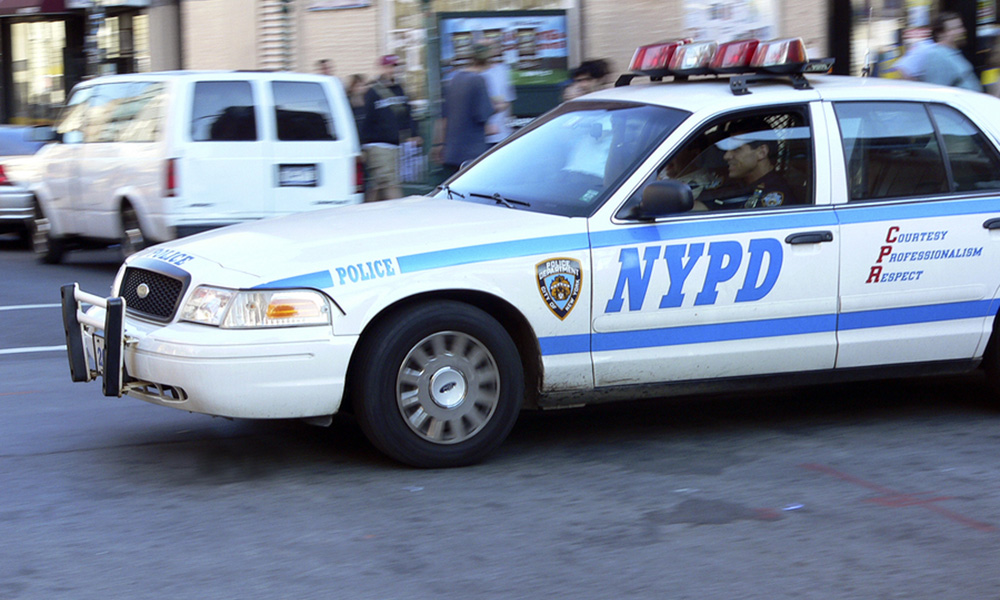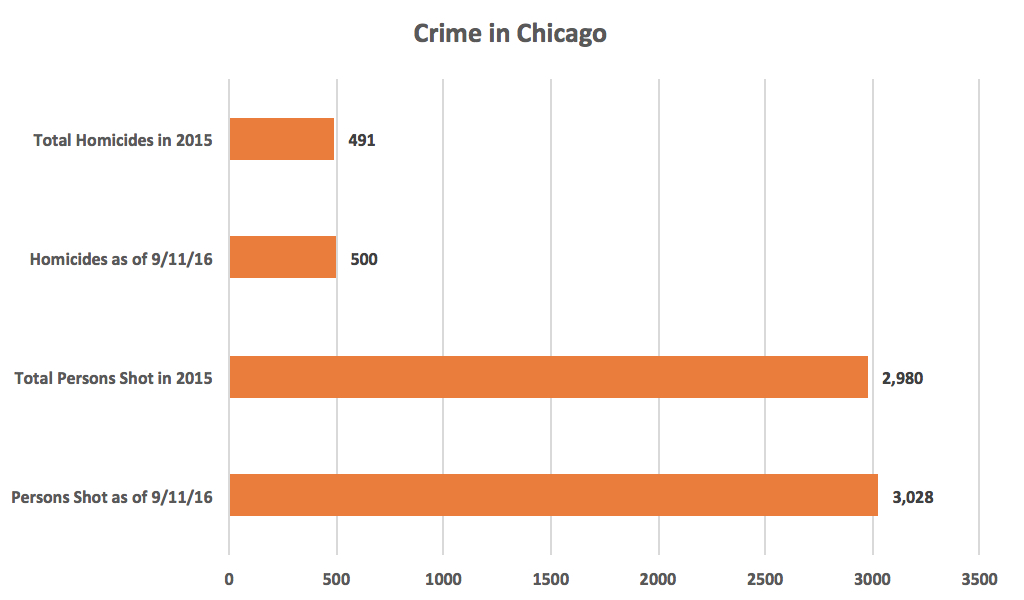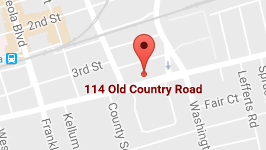One state senator in New York wants more arrests in New York City’s subways and tougher punishments for those convicted of what are called “subway crimes,” predominantly crimes like groping, sexual assault, and public lewdness.
The penalty for “forcible touching” – currently a jail term of up to one year – would be increased to as much as seven years in prison under the senator’s proposal.
State Senator Diane Savino of Staten Island has released a document titled “Perverted Justice: How Subway Grinders Continue To Victimize New Yorkers,” and she’s using it to gather support for new legislation that would “crack down” on subway crimes.
The senator’s crime report, based on statistics provided by the NYPD, shows that while New York City crimes rates may be dropping on the streets, subway crimes – or at least the number of reported subway crimes – have been increasing.
At the same time, according to Senator Savino’s report, arrest numbers for subway crimes have declined.
That, however, depends on how you look at the figures.
But whether or not the senator succeeds and passes new legislation, the police in New York are almost certain to feel political pressure and respond with their own crackdown on subway crime.
It’s a situation where even innocent people are more likely to be arrested.
If you are charged with any type of a crime on a New York City subway – or anywhere else in New York City or on Long Island – you will need to speak as quickly as possible with a skilled Long Island criminal defense lawyer.
If you are arrested, do not admit any guilt or even answer any questions until you can speak with a criminal defense attorney.
Just tell the police, “I prefer to exercise my right to remain silent.” Especially in a criminal case that involves an alleged offense of a sexual nature, your defense attorney’s training and experience can make all the difference.
WHAT ARE THE STATISTICS?
What do the numbers say about subway crimes? In 2016, reported sex crimes on New York City subways increased 52 percent over the 2014 figure and 28 percent over the 2015 figure. In 2014, 620 sex crimes on New York City subways were reported.
In 2015, the total was 738. In 2016, the total was 941. Reports of forcible touching on New York City subways rose from 340 in 2015 to 454 in 2016.
Public lewdness reports increased from 227 in 2015 to 286 reports in 2016. Sexual abuse reports remained almost unchanged with 130 reports in 2015 and 126 reports in 2016.
Dermot Shea, who is the Chief of Crime Control Strategies for the NYPD, believes that the crime rate in the subways is not actually increasing.
Instead, Shea believes that the only thing increasing in the subways is the number of crimes that are being reported.
“If I was going to say one thing and broad-stroke it, it’s the increased reporting, really, of what we’re seeing – not necessarily increased acts.”
IS IT EASIER NOW TO REPORT SEX CRIME ALLEGATIONS?
Over the past few years, the Metropolitan Transportation Authority (MTA) has made it easier for New Yorkers to report subway crime allegations.
In 2014, the MTA established an online web page to receive anonymous subway crime complaints.
And although the percentage of arrests versus reported crimes has slightly dipped since the web page went up, the actual number of arrests for reported sex crimes on New York City subways, in fact, increased from 403 in 2015 to 491 arrests in 2016. Many of those arrests were the result of complaints received online.
Just over a third of those who were arrested for subway crimes in New York City in 2016 – and through May 28th of this year – have at least one prior arrest for a similar subway crime.
Senator Savino believes updated statistics are sufficient justification for the harsher criminal penalties she is proposing.
Her report unequivocally states: “This data demonstrates that elevated penalties are needed for first time arrested offenders.”
WHAT IS NEW YORK SENATE BILL S3861?
What kind of “elevated penalties” is Senator Savino proposing?
She’s hoping to gather support for a legislative proposal currently moving through the New York State Legislature that would make “forcible touching” – that is, groping, which is overwhelmingly the most frequently reported New York City subway sex crime – a Class D felony instead of a misdemeanor, thus making the maximum sentence for a conviction seven years plus a $5,000 fine.
The current maximum sentence for a forcible touching conviction is a year behind bars and a $1,000 fine.
The proposal, New York Senate Bill S3861, would also expand the definition of sexual abuse in the first degree so that someone would be guilty of the offense if he or she intentionally subjects another person to sexual contact without that other person’s consent while being a passenger of public transportation, for the sole purpose of the sexual gratification of the offender.
The proposal was passed by the New York State Senate in the first week of June and is currently headed to the New York State Assembly for consideration.
If the Senate vote – 57 to 5 – is an indication, the proposal may actually be law by the time you are reading this.
The efforts of the New York Police Department to protect the public are to be applauded.
The only problem is when you are charged with a sex crime – or any other type of crime – on a New York City subway, and you are not guilty.
There are a number of reasons why this could happen – a misidentification, a casual friendly comment misinterpreted, or in some cases, even a completely fabricated story about a sex crime could lead to a wrongful arrest.
If and when Senate Bill S3861 becomes the law in New York, it will be aggressively enforced at first, and that’s also a time when a wrongful arrest is likely to happen.
Anyone who is charged with forcible touching, public lewdness, or any other crime of a sexual nature on Long Island or in New York City will need to speak as quickly as possible about your case with an experienced Long Island criminal defense lawyer who can fight for justice on your behalf.





















